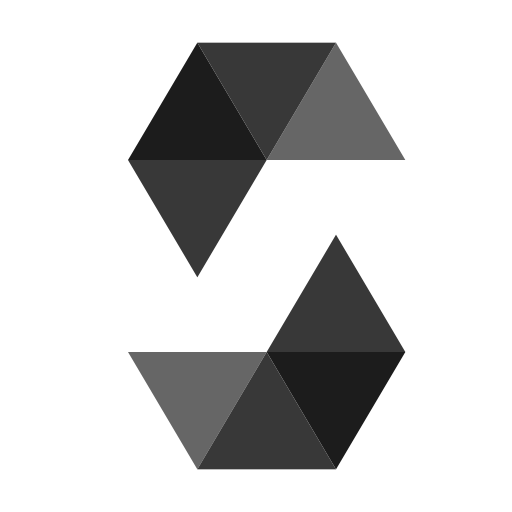A few years ago, when we first began exploring the depths of blockchain at Maticz, one thing became very clear: if you want to build something powerful on the blockchain, smart contracts are going to be the heart of it.
And as we navigated the ecosystem, comparing options, testing tools, and pushing boundaries, one language stood out as an outstanding option: Solidity.
This blog is not just a technical breakdown; it’s a story of why Solidity continues to be our primary weapon of choice and how it helps us transform ambitious blockchain ideas into secure, enterprise-ready solutions.
Tailored for Ethereum and EVM-compatible chains
Ethereum introduced us to a world where code could execute itself. No middlemen, no manual approvals, just pure logic on-chain.
Solidity was created specifically for Ethereum, which speaks the language of the EVM. And soon, that language spread far and wide across other chains like Polygon, BNB Chain, Avalanche, and more.
As we started building dApps, tokens, DAOs, and DeFi platforms for global clients, we realized Solidity wasn’t just a language. It sets the foundation for creating blockchain logic that could scale and adapt across ecosystems.
Developer-friendly syntax
When our developers first picked Solidity, the transition was surprisingly smooth. With its JavaScript-inspired syntax and C++ influences, writing contracts felt less like entering foreign territory and more like applying familiar logic in a decentralized setting.
And if there was ever a roadblock?
The strong community support was always evolving and helped from forums and GitHub to Stack Overflow and Discord, that sense of community made us feel like we weren’t just building projects. We were becoming part of something much bigger.
Tools That Work With You, Not Against You
What made Solidity development enjoyable was the ecosystem around it.
We could quickly sketch out ideas in Remix, test complex contract logic using Hardhat, run simulations on Ganache, and even integrate with Metamask for real-time dApp interaction. Everything just fit together.
That harmony between language and tools sped up our workflows and gave us the confidence to build faster without compromising on quality.
Security
The more projects we launched, the more we realized one thing: in blockchain, trust is code. Solidity gave us granular control over that trust. From writing reentrancy-safe functions to access-controlled features and integrating openzepplin libraries, we had everything you need to build airtight contracts.
At Maticz, we began creating internal checklists, running security audits, and even helping clients with third-party verifications, all made possible because Solidity gave us the clarity and control to code with confidence.
Widespread Adoption
What’s most impressive about Solidity is how it keeps evolving.
With every update, it introduces smarter patterns, better gas optimization, and cleaner code practices. We’ve seen Solidity grow alongside the industry, adapting to modern blockchain needs, and staying ahead of security threats and scalability challenges.
And as the global appetite for decentralized apps expands, Solidity continues to prove it’s not just a reliable solution, it’s a resilient one.
Final Thoughts
At Maticz, we specialize in solidity development services, everything from DeFi platforms and NFT marketplaces to entire DAO frameworks, all powered by Solidity. Each line of code we write carries the experience of everything that Solidity remains our smartest choice for building trustless systems.
Whether you're just starting your blockchain journey or looking to scale an existing platform, Solidity gives you the tools to build with purpose, and at Maticz, we’re here to help you leverage the true potential of web3.

